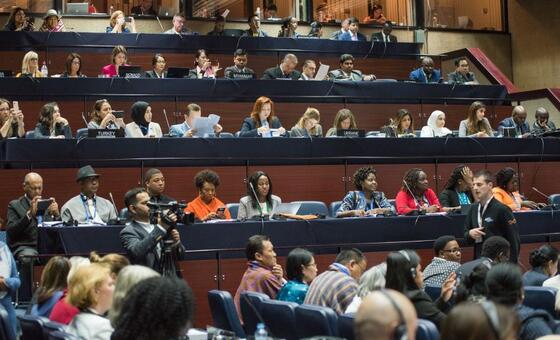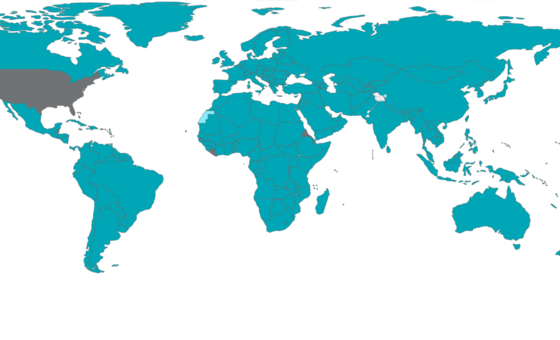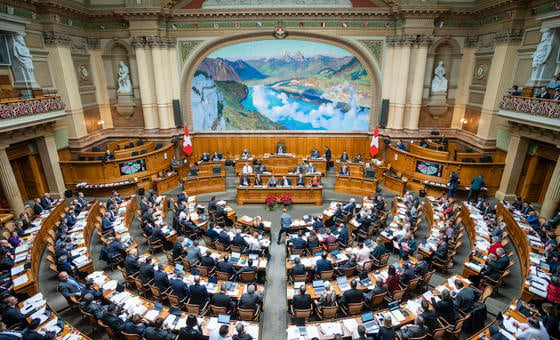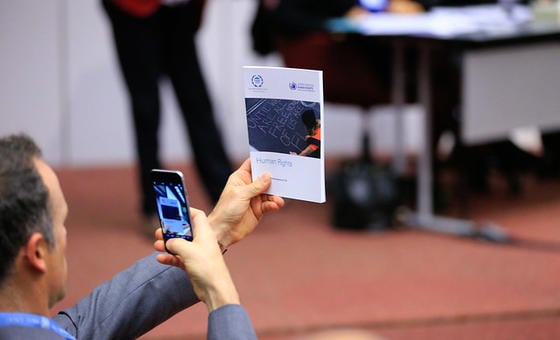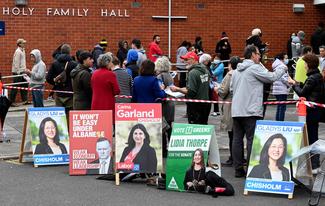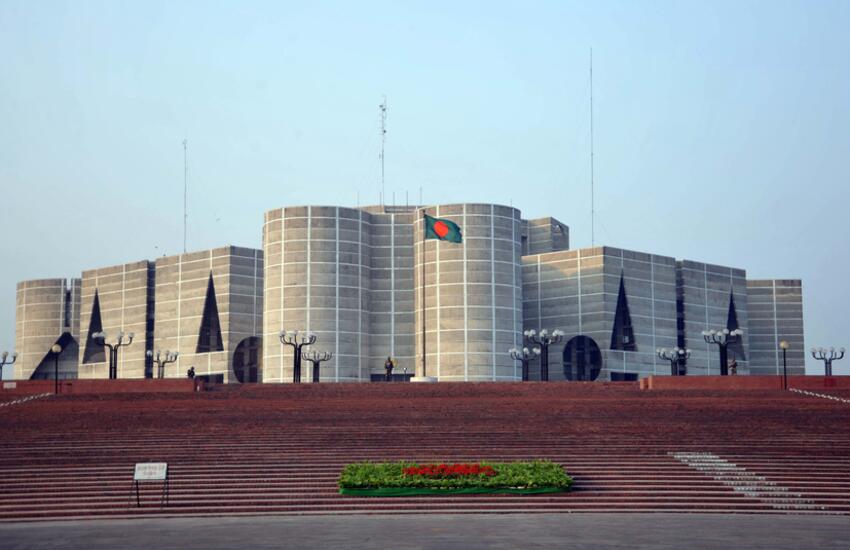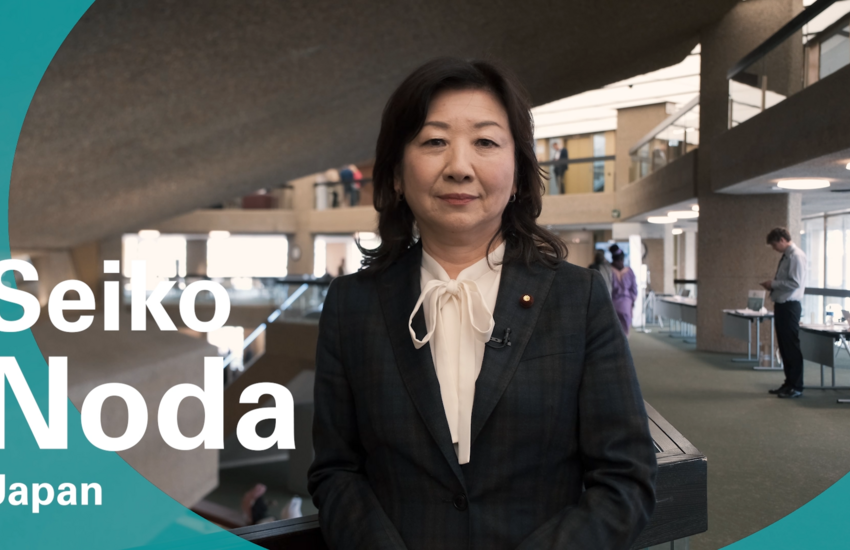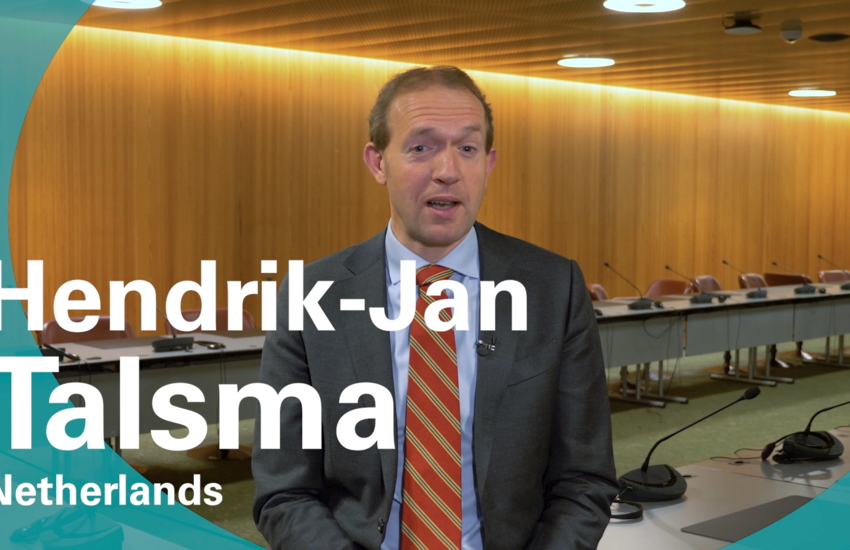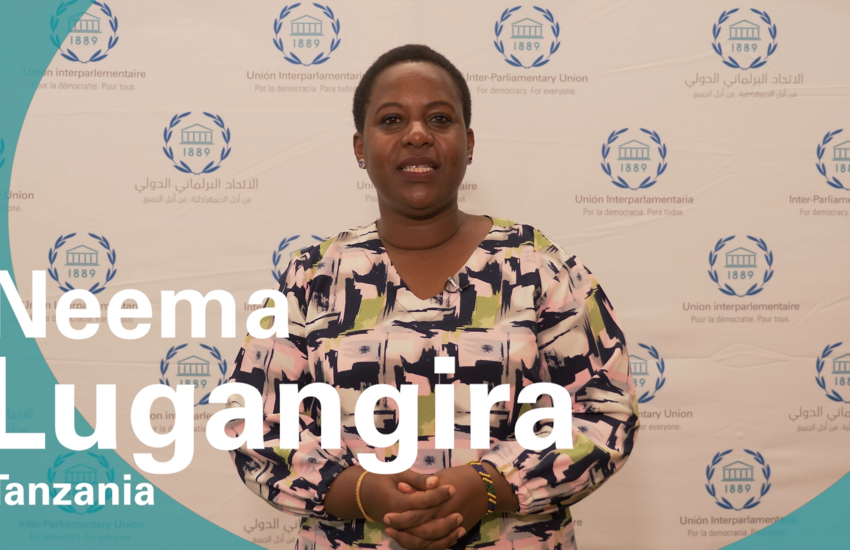All 151 seats in the House of Representatives and 40 of the 76 Senate seats were up for reelection in the recent Australian parliament elections. The Labor Party, led by Anthony Albanese, beat the incumbent Liberal/National coalition government. According to preliminary results, the Labor Party is set to win 77 seats, giving it an absolute majority in the House.
Although the IPU has not yet received the final official figures, preliminary results suggest that the new Parliament will be more gender balanced with 58 women elected to the House, including 19 first-term MPs. Women now comprise 38 per cent of the House, up seven percentage points. Women were already the majority in the Senate at 53.3 per cent, but the election boosted their number to 57 per cent.
This means that the new chamber will no doubt rise in the IPU ranking of women in parliament compared with the 2019 parliament which was at the 57th place.
It also looks as if the new parliament will have more indigenous representatives, including Senator Jana Stewart, aged 34, the youngest Aboriginal woman to serve. Labor’s Linda Burney, recently appointed Minister for Indigenous Australians, is the first Indigenous woman to be appointed to the federal cabinet.
The first results also show that the political make-up of the parliament has changed with the some of the more established parties losing ground. The Greens won Senate seats in every state and potentially will now have 12 members in the Senate, making it the largest party to ever sit on the Senate crossbench (MPs who neither belong to the government nor to the opposition sit on the crossbench).
The Greens attribute much of this success to long-term and coordinated public engagement, such as participating in community efforts such as food banks and being visible while helping with flood and bushfire clean ups.
A new force, called the "community independents", ran on a platform of climate change, female empowerment and accountability. Successfully engaging with their communities on a local level, six new women independents won seats in traditionally strong Liberal strongholds.
The final results, including the final percentage of women MPs and the number of young MPs will shortly be available on Parline, the IPU’s open source data platform on parliaments.

